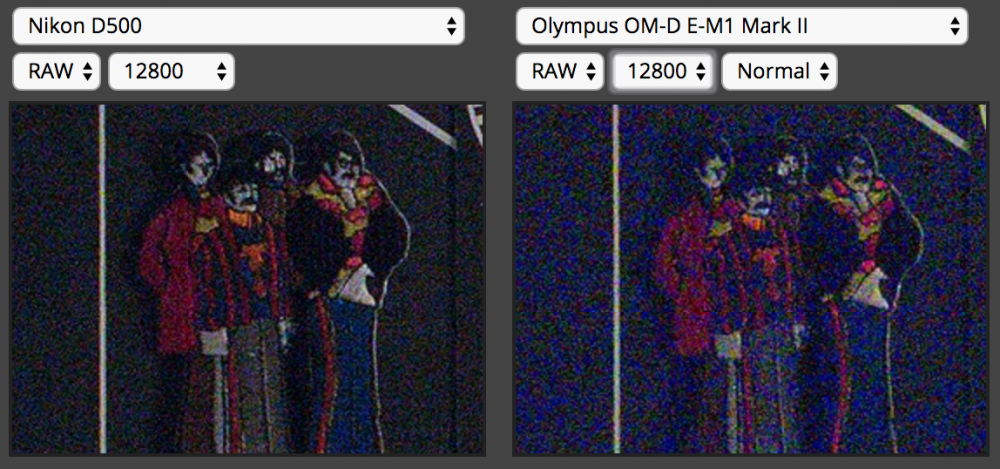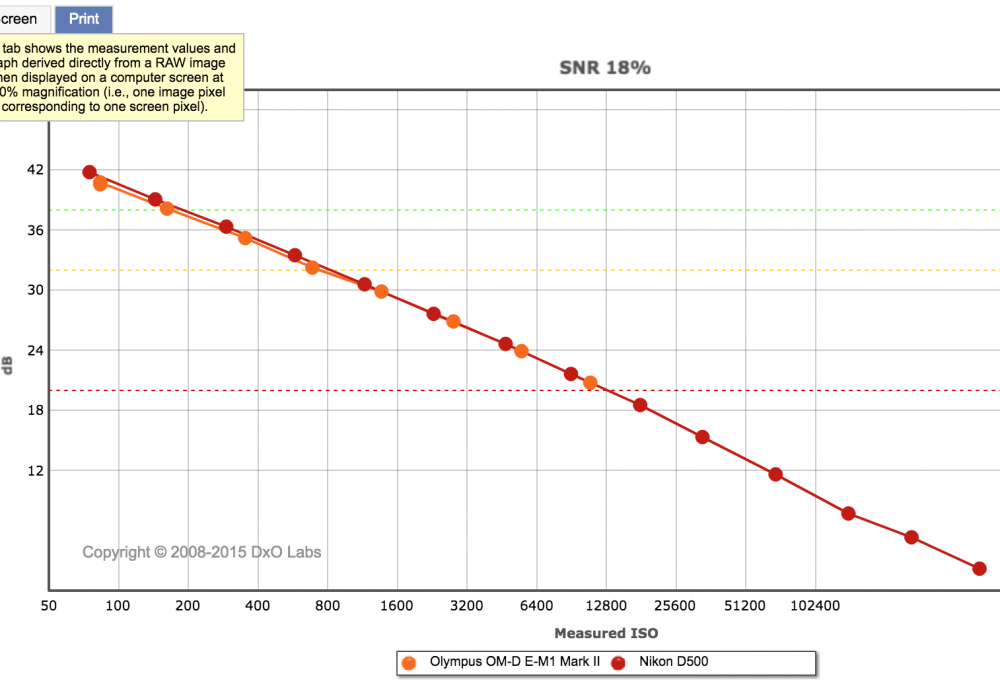-
Posts
1,600 -
Joined
-
Last visited
Content Type
Profiles
Forums
Articles
Everything posted by Don Kotlos
-
Well, I would love to hear your thoughts once you have both
-
It's amazing how many really decent sub $1K video cameras there are these days. For editing, my vote goes to Davinci resolve. You are going to end there at some point anyways, so you will have an advantage if it is your starting point. It is mind boggling what Resolve offers in a FREE package. By far the best NLE for color grading. FCPX is $300 and needs expensive (>$100) plugins for any meaningful color correction and I won't even mention the cost of the hardware to run it . Adobe premiere pricing scheme sucks even more so it's better to avoid starting a cash-bleeding dependency if you can, cause you will need any penny you've got for the additional things that you never knew you needed for video
-
Well with the optimizations of FCPX you literally paying for the performance when buying the hardware to run it . So for the people that use FCPX and need a laptop, a bug-free macbook pro would be a good solution (once it gets there with the next iteration). Now if you use Resolve of Adobe, then yes you are better off with any gaming laptop with a modern GTX card, and there are plenty to choose from . For most people I think a desktop makes much more sense. If I was on a restricted budget, I would build a desktop with an overclocked i7 kabylane quad code, 32gb of ram, a GTX1060, 2 fast drives for OS and cache/projects and a raid 10 spin drive array for media + a couple of spin drives for backup. It should cost ~$2k and it would be very fast for most projects and very hard to beat for the price (believe me I have gone overboard). Puget systems have a series of hardware articles for premiere performance that are worth reading.
-

EM1 II sensor DXOmark Score, I wanna believe it:)
Don Kotlos replied to PannySVHS's topic in Cameras
As much as I want to believe, there is something wrong here. I am not sure if it sample variation or measurement error, but this is the first example that there is such a big difference between DXOMark and the tests by DPReview. -
IBIS is also great when you want to use MF with relatively shallow DoF.
-
Yep, same thing.
-

Opinion - DXOMark's camera scoring makes ZERO sense!
Don Kotlos replied to Andrew Reid's topic in Cameras
It is indeed close to advertising, help us from the bullshit in camera advertising that is. DXOMark makes profit from their software that depend on these sensor characterizations. -
Yep and exactly the reason why we need >8bit, more color freedom in post
-
Oh plenty did Well, they should at least add 10bit output for those who need it, cause slog2/3 with 8bits/channel sucks.
-
Its fairly rare but sometimes SD cards do go bad. Sandisk extreme pro should be fine but lexar professional is good as well.
-
My guess would be the SD card. Try another card that is always formatted in camera and see if you can replicate it.
-
But it does, its the EOS-M line and its not that great
-

Opinion - DXOMark's camera scoring makes ZERO sense!
Don Kotlos replied to Andrew Reid's topic in Cameras
But then your problem is not with dxo labs testing methodology that truly offers the most objective characterization of sensors at the moment, but all the media whores that transform these results into click-bait articles. Of course there are always going to be people that don't understand numbers, but still no professional in their right mind will decide to use a camera based just on a score. -
Of course nothing beats using a very good mic for the job and trying to remove the noise before capture, but sometimes that is just not possible and "using" the background as Stanley suggested can be very effective in driving the focus away from the noise by expectation. Have you tried the noise filters from Adobe audition (instructions here). Sometimes they can give OKish results.
-
The first problem with Fuji lenses is not with their build or image quality (in which they excel) but the fact that most of them don't have proper manual focus. That is not only problematic for video, but also in photography. The second problem for me, was the inevitable shutter delay when the aperture was set to anything other than the max. I am not sure if they have fixed it since. I only use M-mount lenses on my fuji because they offer good enough quality and truly amazing ergonomics in a compact size. Plus, they also look great
-

New information regarding H.265 on the Panasonic GH5
Don Kotlos replied to Andrew Reid's topic in Cameras
Since it appears they are going to use the H264 for the 400 option, then the codec is already developed : http://pro-av.panasonic.net/en/sales_o/p2/AVC-ULTRAoverview.pdf But if it needs some modification for GH5, I am not sure how you are so confident that it is the case, or they need 4 extra months to do so. Yes, but had they released the 400 option along with the GH5 without any V60 cards actually available, then people would try to find which cards work which don't and that would just create a very bad experience. Look at what happened with E-M1ii and the card incompatibility. My guess is H265 still somewhat troublesome to edit with the majority of systems, and it might be the case they will release an AVC-ULTRA v2 based on H265 sometime in the future which can come as a firmware update. -

Opinion - DXOMark's camera scoring makes ZERO sense!
Don Kotlos replied to Andrew Reid's topic in Cameras
They also offer "screen" results for the pixel peepers. -
Do you know if it communicates the effective or the focal length of the lens?
-
Though in the past every time "the world" did something, it usually made things worse.
-
Oh I wish it was. The photo is from the ephotozine review, and the link was hidden under the "here" word
-

Opinion - DXOMark's camera scoring makes ZERO sense!
Don Kotlos replied to Andrew Reid's topic in Cameras
Yes cause correlation implies causation in some perceptual realities I guess. Why don't we just start by reading a scientific paper they wrote on this matter: Does resolution really increase image quality? Christel-Loïc Tisse, Frédéric Guichard, Frédéric Cao DxO Labs, 3 Rue Nationale, 92100 Boulogne, France -
Maybe hard to find at first, but your footage (and its variations ) is the first thing that pops up on YT or Vimeo. Kudos for providing the footage for all to play, and for all your efforts (as in feedback) to make GH5 an even better camera.
-

Opinion - DXOMark's camera scoring makes ZERO sense!
Don Kotlos replied to Andrew Reid's topic in Cameras
At different gains -

Opinion - DXOMark's camera scoring makes ZERO sense!
Don Kotlos replied to Andrew Reid's topic in Cameras
Yep in my experience with various cameras thats how I see it too. Its unfortunate that they don't post their margins of error though. Also video performance is another deal altogether, and their metrics have little to do with that. DXO provides both pixel level and constant image size measurements ("screen" & "print" respectively). The final score is calculated from the print scores (as it should be) but many people do their comparisons when looking at the pixel level. Moreover, many times people just look at the SNR18% as a single metric for ISO performance but that is not the only thing that matters. Dynamic range & color sensitivity play a big part as well for the final "Sports" metric (very bad name choice by the way). As an example, I care more about color reproduction & tonal range at higher ISOs than noise or dynamic range, and after using both the D800 and A7rii extensively my experience matches closely their metric scores. I see two color aspects when dealing with RAW files Color sensitivity (how much information is in the file) Color accuracy (reproduction & interpretation) I believe the DXO color sensitivity scores try to address the first point but of course are influenced by the second (which they have tried to standardize but some sensors like x-trans require different standards and thus remain untested). An example: The raw camera profile in Lightroom for A7rii is fairly bad for my taste, and much worse than the Nikon (which might explain your friends decision by the way). Once you change the RAW interpretation to your personal tastes, the A7rii sensor (or any sensor for that matter) can show its real potential. I made the following post for that exact reason: Yes yes yes. Scores should be used only when you don't have the choice of testing different cameras, and not to make you feel uneasy about your equipment. If you like the output, why should a number should change that?




